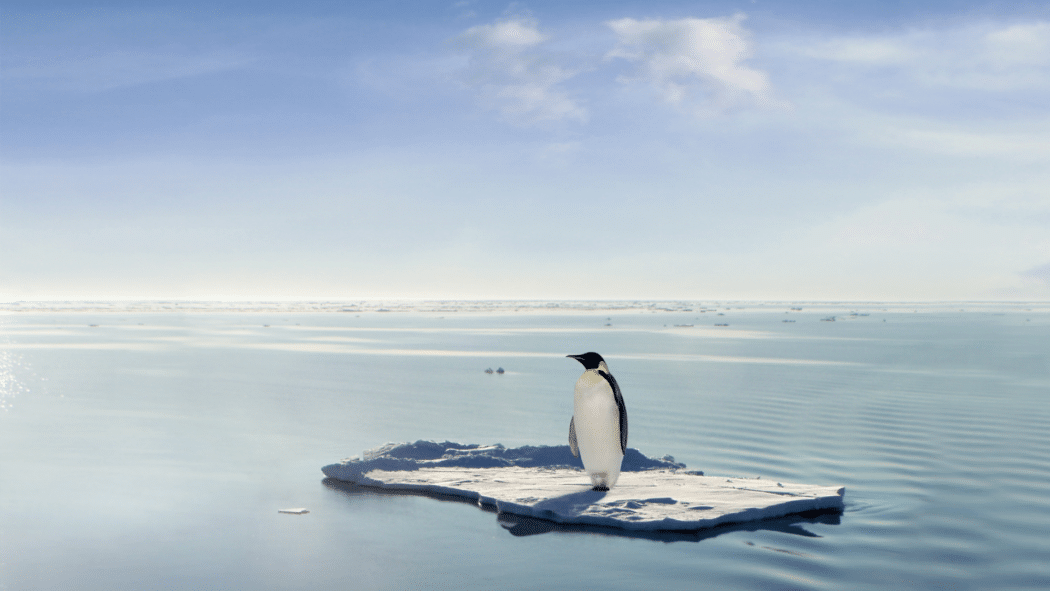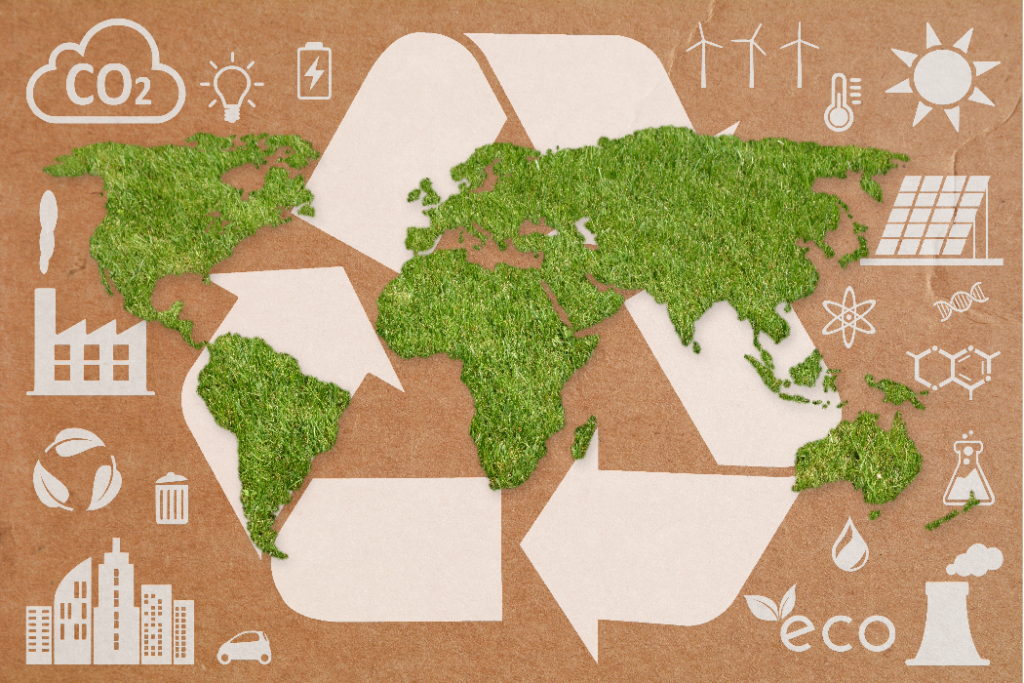Most of us understand in broad strokes what sustainability is, but specific details may be hazy. This guide aims to define what sustainability is as well as shed light on why it matters more than ever. But sustainability isn’t just a global or corporate issue—it’s a personal one too. We’ll dive into how you, as an individual, can make a difference through everyday sustainable choices. Whether you are just starting your journey towards eco-awareness or are already an established environmental advocate, this guide offers a valuable perspective for all.
What is Sustainability?
Sustainability is the practice of utilizing resources responsibly today to ensure their availability for future generations. It’s about balance – creating an equilibrium between human needs and the preservation of our natural world.
The Three Pillars of Sustainability
Often referred to as the “triple bottom line,” sustainability can be broken into three key principles:
- Economic Sustainability emphasizes the need for economic growth in a way that does not deplete resources or harming the environment.
- Environmental Sustainability centers on preserving our planet’s ecosystems and reducing our environmental footprint. The World Wildlife Fund (WWF) (1) reports that humans are using 50% more resources than the Earth can provide. This imbalance creates a major problem for our future generations
- Social Sustainability focuses on ensuring social well-being, equality, and justice for all individuals
Together, these principles interact to form a comprehensive, holistic approach to sustainability.
Why is Sustainability Important?

According to the World Meteorological Organization, the last eight years are ranked as the warmest recorded years (2), underlining the impact of human-driven climate change. This unprecedented warming contributes to the increasing occurrence and intensity of extreme weather events, threatens biodiversity, and deepens social disparities.
Over the past four decades, there has been a dramatic surge in global material extraction, indicating an exponential increase in consumption, particularly in the affluent parts of the world. As a result, we’re pushing our natural resources to their limits, and threatening biodiversity like never before. A report from the United Nations (3) stated that 1 million animal and plant species face potential extinction, an unprecedented rate in human history.
If our consumption trends persist, experts warn that we would require the resources equivalent to two Earths by 2030 (4) to support our way of life. The bottom line is, the planet we live on cannot support the human population in the long term if we continue living the way we do. It sounds dire, but at the same time we can change that. Sustainability is a broad set of solutions that’s meant to change that.
Tracing the Roots: A Brief History of Sustainability
While sustainability seems like a modern concept, its roots trace back to the dawn of civilization. Early humans realized the importance of preserving resources for survival, which is the essence of what sustainability is. As societies evolved, the Industrial Revolution brought about rapid resource depletion and environmental harm, this became a trigger for the emergence of conservation movements.
The concept of sustainability gained traction after the 1987 Brundtland Report (5). It defined sustainable development as meeting “the needs of the present without compromising the ability of future generations to meet their own needs,” a widely accepted and used interpretation of what sustainability is.
Sustainable Practices to Implement Today

Individuals play a significant role in promoting sustainability.
As individuals, we can make sustainable choices daily. From recycling to choosing public transportation or driving fuel-efficient cars, every little action adds up.
Here are some simple yet effective steps that you can take towards sustainability:
- “Reduce, Reuse, Recycle” – Of the three, Reduce is the most impactful change to make. Creating new products demands raw material extraction, emits greenhouse gasses during manufacturing, and involves transport. By focusing on reduction and reuse, we not only decrease waste but also conserve resources, safeguard the environment, and save money.
- Buy Local: Supporting local businesses will reduce carbon emissions associated with long-distance transportation. According to the Center for Urban Education about Sustainable Agriculture, local food can travel up to 2500 fewer miles than typical grocery store products.
- Conserve Energy and Water: Simple habits like turning off lights when not in use and fixing leaky faucets can make a big difference. Household leaks can waste approximately nearly 900 billion gallons of water annually nationwide (6). That’s equal to the annual household water use of nearly 11 million homes.
- Eat Less Meat: The meat industry is one of the major contributors to greenhouse gas emissions. Try incorporating more plant-based meals into your diet. Research indicates that shifting towards a plant-based diet could reduce food’s emissions by up to 73% (7).
The Future of Sustainability
References
- “Human demand outstrips nature’s supply.” World Wide Fund For Nature. https://wwf.panda.org/discover/knowledge_hub/all_publications/living_planet_report_timeline/lpr_2012/demands_on_our_planet/.
- “Past eight years confirmed to be the eight warmest on record.” World Meteorological Organization, 2023. https://public.wmo.int/en/media/press-release/past-eight-years-confirmed-be-eight-warmest-record.
- “UN Report: Nature’s Dangerous Decline ‘Unprecedented’; Species Extinction Rates ‘Accelerating’” United Nation, 2019. https://www.un.org/sustainabledevelopment/blog/2019/05/nature-decline-unprecedented-report/.
- “A framework for shaping sustainable lifestyles.” United Nations Environment Programme, 2016. https://wedocs.unep.org/bitstream/handle/20.500.11822/9995/-A_framework_for_shaping_sustainable_lifestyles__determinants_and_strategies-2016Sustainable_lifestyles_FINAL_not_for_print.pdf.pdf.
- “Report of the World Commission on Environment and Development: Our Common Future.” World Commission on Environment and Development, 1987. https://sustainabledevelopment.un.org/content/documents/5987our-common-future.pdf
- “Water Sense Statistics and Facts.” EPA, 2023. https://www.epa.gov/watersense/statistics-and-facts.
- “New estimates of the environmental cost of food.” University of Oxford, 2018. https://www.ox.ac.uk/news/2018-06-01-new-estimates-environmental-cost-food




